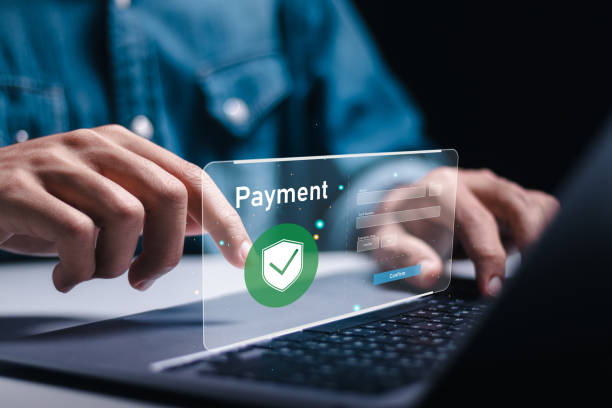In today’s digital world, managing small online payments efficiently is crucial for businesses and freelancers alike. Whether you’re selling products, offering services, or running a subscription, handling these transactions smoothly can save time, reduce fees, and improve customer satisfaction.
If you want to learn how to manage small online payments effectively, keep reading. We’ll share easy-to-follow tips and tools to help you streamline the process.
Why Managing Small Payments Matters
Small online payments are often seen as minor transactions, but when they add up, they can impact your cash flow, accounting, and customer experience. Challenges include:
- High transaction fees that cut into profits
- Delays in payment processing
- Tracking and reconciling multiple small amounts
- Security risks with many small transactions
Effective management helps overcome these challenges and keeps your business running smoothly.
1. Choose the Right Payment Processor
Not all payment platforms handle small payments the same way. Look for processors that:
- Charge low or flat fees for small transactions
- Offer fast settlement times
- Support multiple payment methods (credit cards, digital wallets, bank transfers)
- Have good customer support
Popular options include Stripe, PayPal, and Square — but always compare fees and features based on your business size and volume.
2. Automate Payment Collection
Automation reduces errors and saves time. Set up recurring billing for subscriptions or services and use invoicing tools that send automatic reminders. Automation ensures you don’t miss payments and keeps customers informed.
3. Use Microtransaction-Friendly Pricing Models
If you sell digital goods or microservices, consider pricing models that bundle small payments or use credits. For example:
- Subscription plans that cover multiple small purchases
- Prepaid credits customers buy upfront
- Tiered pricing based on usage
This reduces transaction frequency and associated fees.
4. Monitor and Reconcile Transactions Regularly
Keep your accounts clean by regularly monitoring small transactions. Use accounting software that integrates with your payment processor to automatically reconcile payments with invoices and bank statements.
5. Prioritize Security and Compliance
Even small payments are targets for fraud. Use payment processors that comply with PCI DSS standards and offer fraud detection tools. Educate your customers on secure payment practices and ensure your website uses HTTPS.
6. Optimize User Experience
Make paying easy for your customers by:
- Offering multiple payment options
- Ensuring mobile-friendly payment interfaces
- Minimizing required fields and steps in the checkout process
- Providing clear payment confirmation and receipts
A smooth experience encourages repeat business.
7. Analyze Payment Data for Insights
Use analytics to understand payment patterns, peak transaction times, and customer preferences. This information helps optimize pricing, marketing strategies, and payment methods.
Conclusion: Streamline Your Small Payments for Big Impact
Effectively managing small online payments can boost your cash flow, reduce costs, and improve customer satisfaction. By choosing the right tools, automating processes, and prioritizing security, you set your business up for smooth financial operations—even with the smallest transactions.
Start optimizing your small payment management today and watch your business grow!

